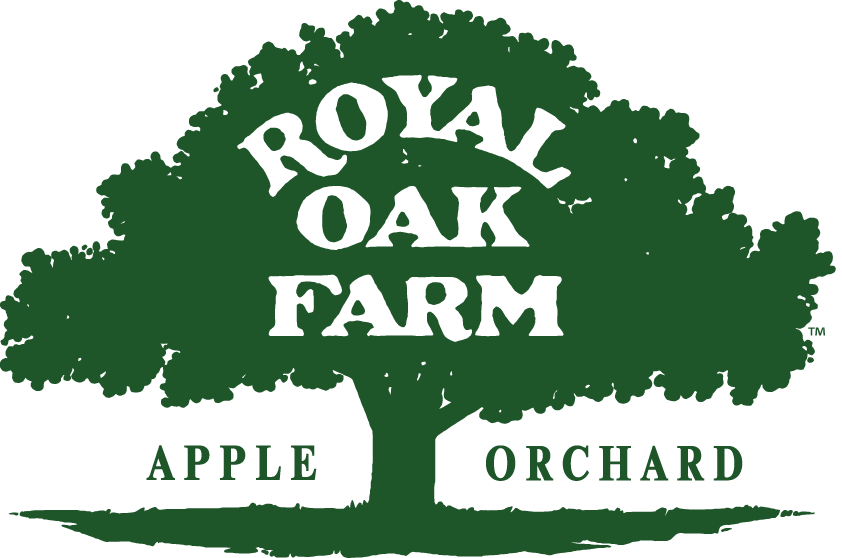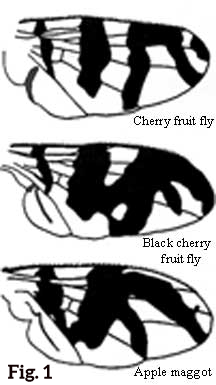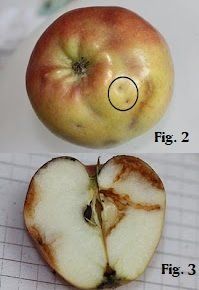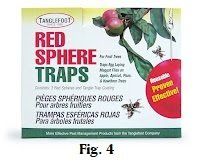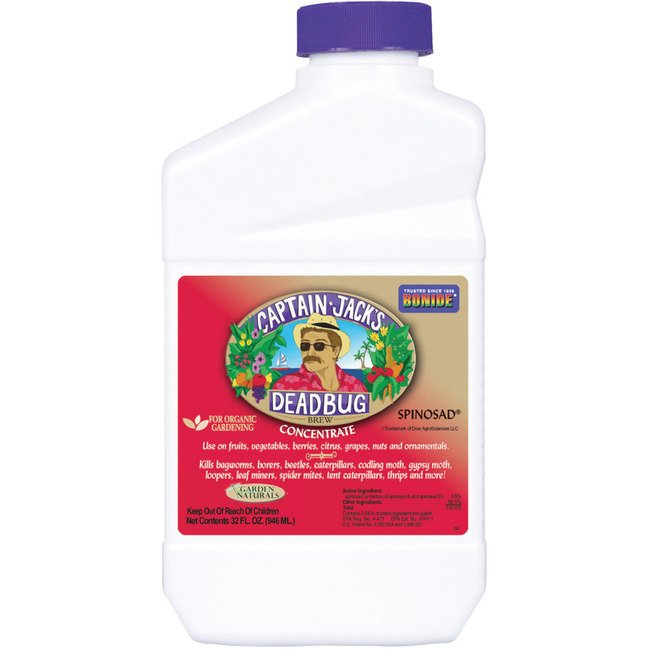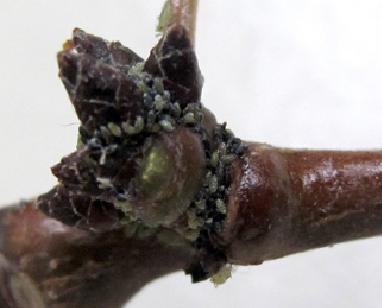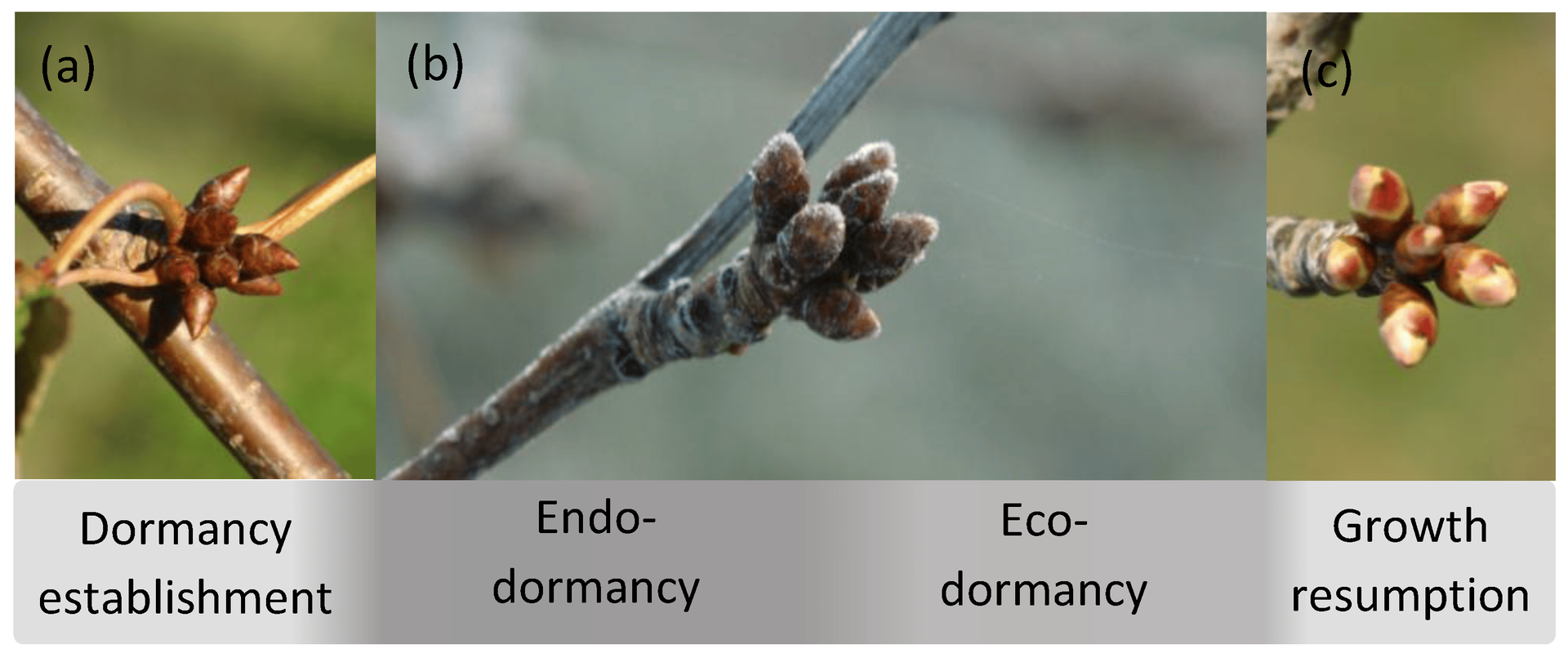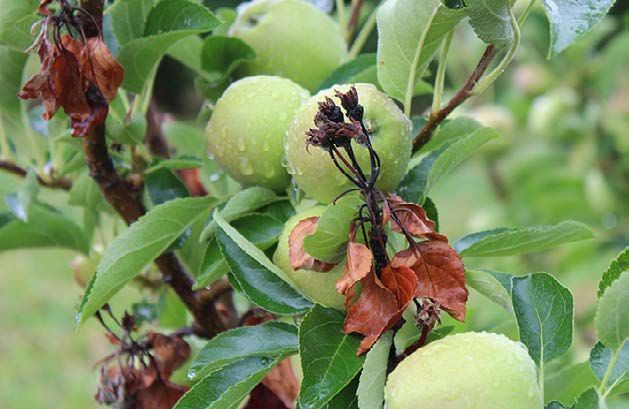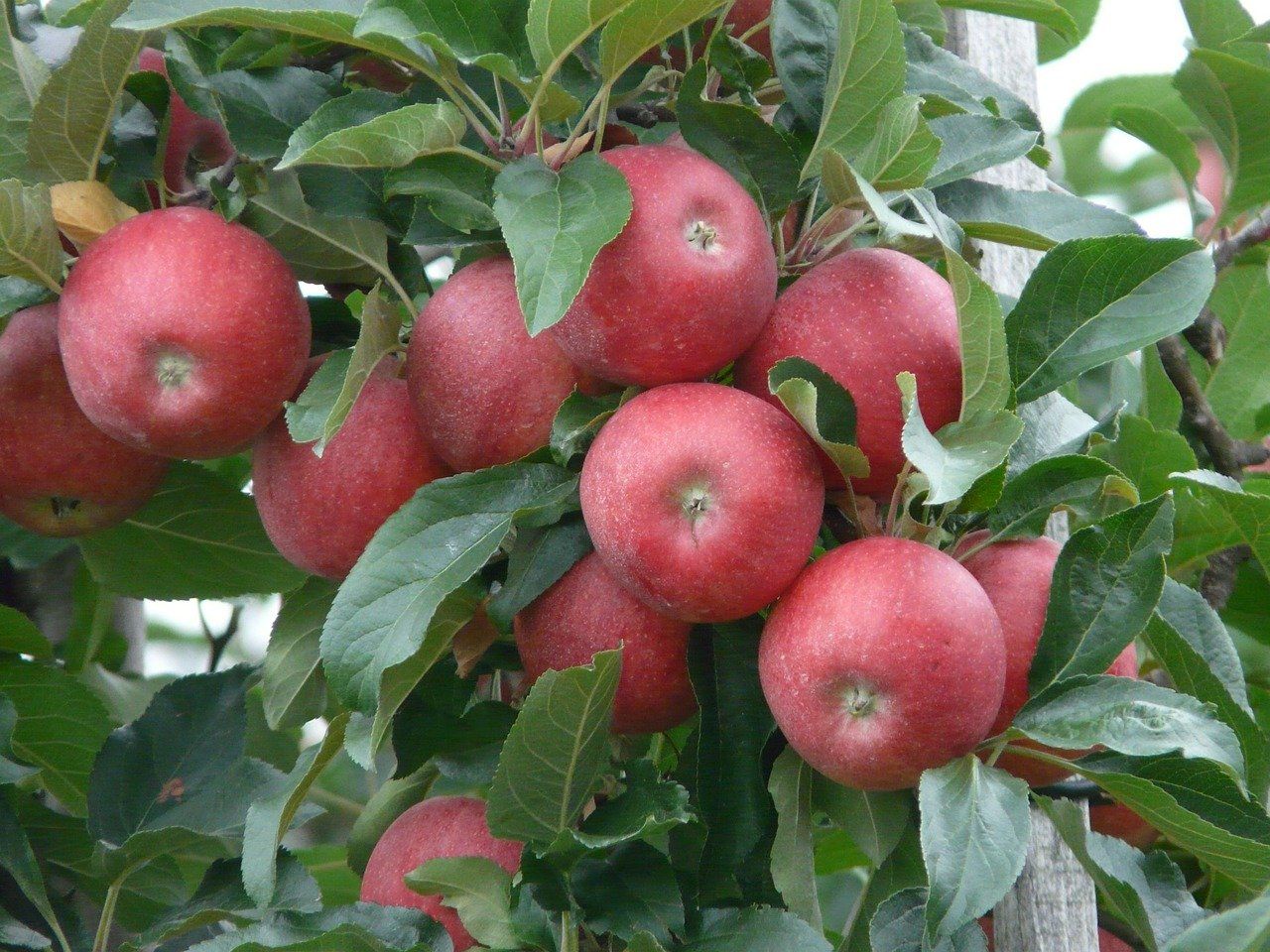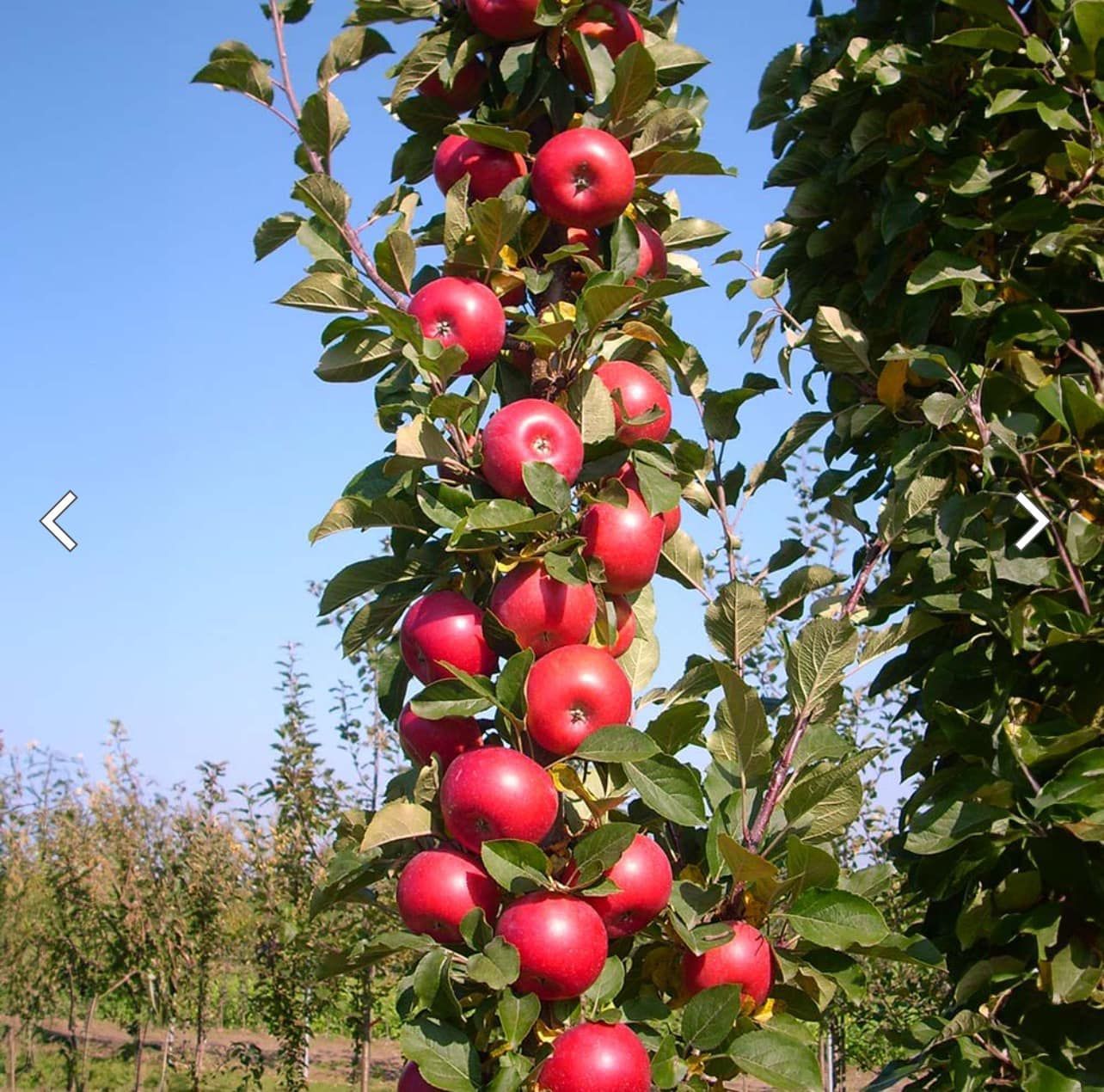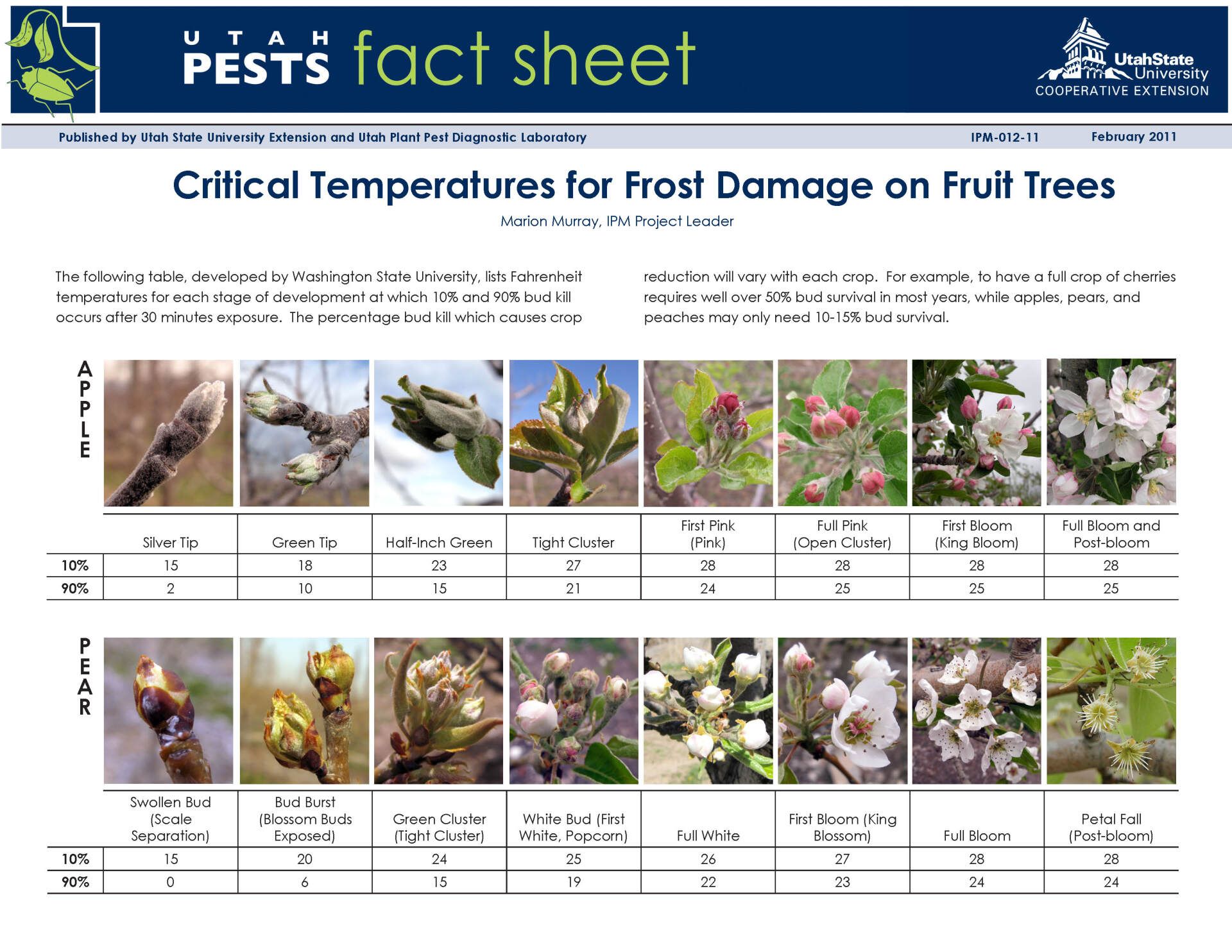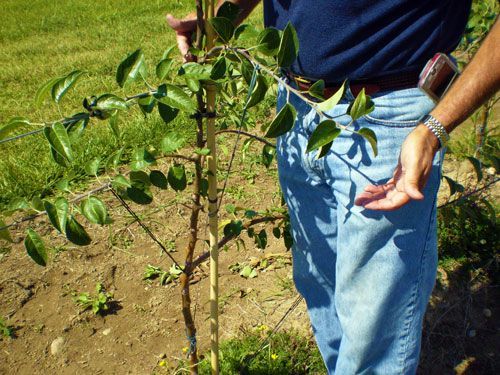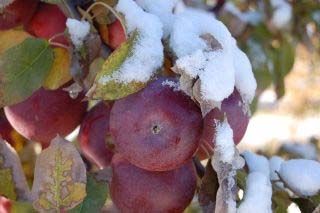It only takes one non-baited trapped fly to determine that they have arrived to the orchard or in your backyard! The apple maggot (AM) is native to the Midwestern US and is considered a primary pest, along with plum curculio (PC), and codling moth (CM), which have been covered in previous posts. The adult apple maggot fly resembles a small housefly in size, with a black body, eyes of dark red, with the thorax and abdomen having distinctive white or cream colored bands. The AM is distinguished from other similar, and closely related flies, like cherry fruit fly and black cherry fruit fly, by the variation in dark banding on its wings (See Fig. 1). Apple maggot flies usually emerge first in unsprayed apple trees. Females are capable of laying eggs 7-10 days after they emerge. Then later in the summer (early July-August) mature females begin to immigrate into the edges of commercial orchards or into your yard.
Apple Maggot Soon to Arrive
Apple Maggot Arrival Time
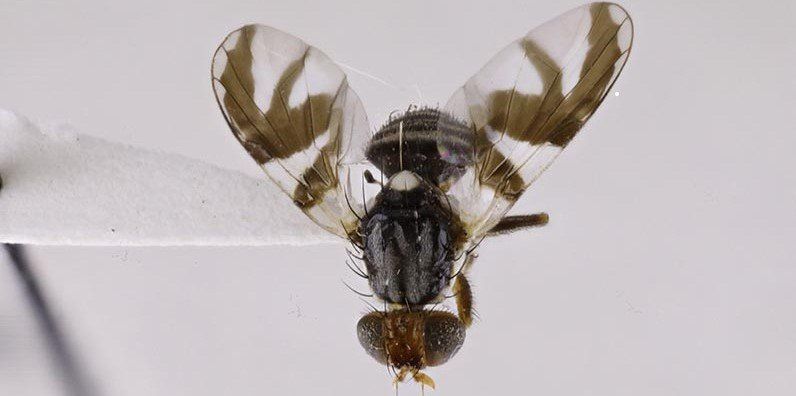
It's time to set apple magott (AM) traps in your trees or orchard if you have not done so already. I usually do this around July 4, but with the extreme heat and drought we have experienced, I delayed a few days. We are at about 1290 DD from January 1 as of today, and I trapped our first fly July8, so if you have not done so, it is time to get out the apple maggot traps and get them set.
As always, be sure to follow all label directions on the bottle for proper application.
For additional information, see the following fact sheets and guides which are available from local university extension services:
This publication contains pesticide recommendations that are subject to change at any time. These recommendations are provided only as a guide. It is always the pesticide applicator's responsibility, by law, to read and follow all current label directions for the specific pesticide being used. Due to constantly changing labels and product registration, some of the recommendations given in this writing may no longer be legal by the time you read them. If any information in these recommendations disagrees with the label, the recommendation must be disregarded. No endorsement is intended for products mentioned, nor is criticism meant for products not mentioned. The author assumes no liability resulting from the use of these recommendations.
Backyard Orchard Management @ Royal Oak Farm Orchard
Backyard Orchard Management @ Royal Oak Farm Orchard is a blog for the home fruit tree grower providing information about fruit tree management, fruit tree pruning & training and Integrated Pest Management from the IPM Specialist and Certified Nurseryman at Royal Oak Farm Orchard, a 22,000 tree apple orchard and agri-tourism operation located in Harvard, Illinois.
Click or tap any title to read that post.

